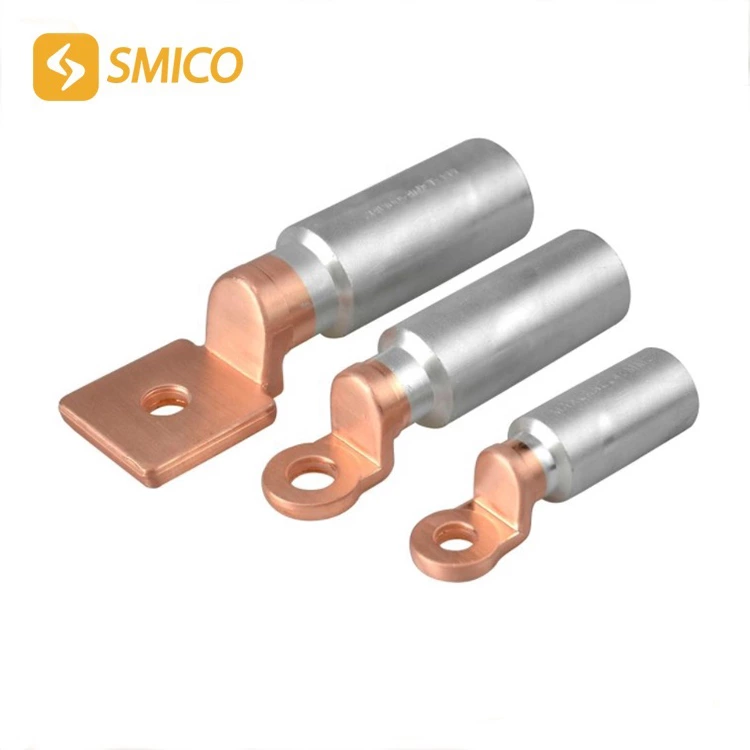Precautions When Repairing Terminal Inverter Faults
The common faults of Cable Lugs in use are as follows: 1. Status fault; 2. Hardware fault; 3. System fault; 4. Communication fault; 5. Power supply fault monitoring.
As a common mixer accessory product, the difference in its wiring performance will also affect the output power of the mixer. Now the common problems caused by the terminal itself cannot be used to list the mixer products to provide you with the most comprehensive mixer terminal problem solutions.
First of all, we need to understand in detail what are the causes of common inverter faults?
1. Status fault: DC over/long-term voltage, DC overcurrent, AC overcurrent, speed deviation is too large, grounding system fault, lack of phase, etc.
2. Hardware fault: current board fault, trigger board fault, IGBT fault, pulse generator fault, etc.
3. System fault: watchdog fault, system parameter abnormality, clock fault.
Communication fault: timeout, timeout, etc.
5. Power supply fault: alarm occurs when the control power supply is too high/too low.
Next, let's analyze the terminal problems in specific situations:
1. No display on the switching power supply operation panel:
First, measure the control voltage and 10V frequency adjustment voltage of the control terminal. If it is zero, the terminal is used normally, otherwise it is necessary to replace the connection product with higher quality; secondly, measure whether the resistance of the inverter main terminal is normal;
2. The mixer cannot be measured online:
No fault was found when checking the fault record in the inverter menu, and the action of the button on the action panel was recorded in the event record. Check whether the LED indicator on the a10 motherboard and the a22 power board on the mixer are normal. Use a test pen to test the power supply of the mixer and find that one phase display is abnormal. Check the rear incoming line terminal row for poor contact.
3. Carbonization treatment problem of the wiring terminal in the inverter module:
When checking whether the inverter module has no adverse symptoms, check the poor insulation between each terminal and the ground. Once the plastic insulation terminal between the DC bus loop terminals P-P1 and N is found, from a safety point of view, replace the damaged inverter wiring terminal, and the inverter can resume normal operation.

